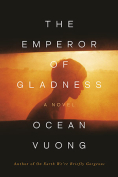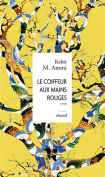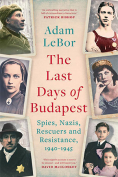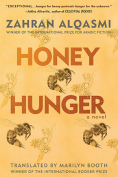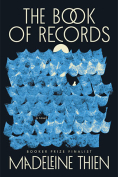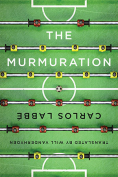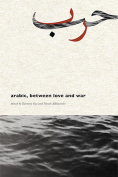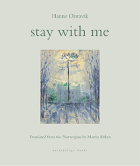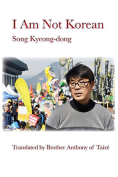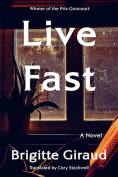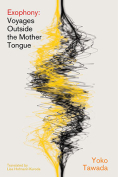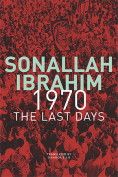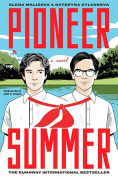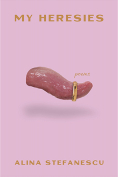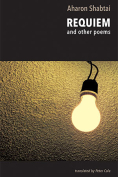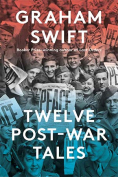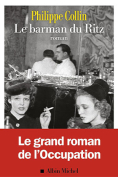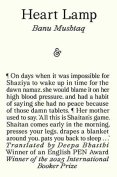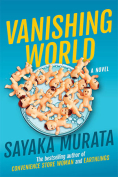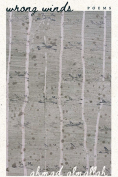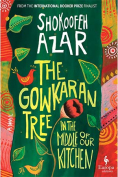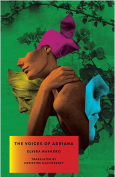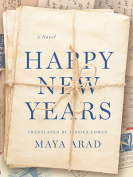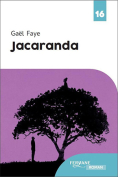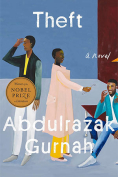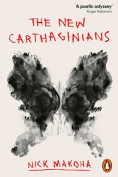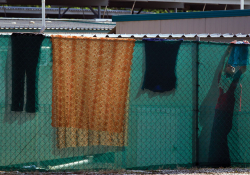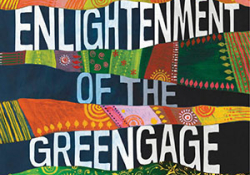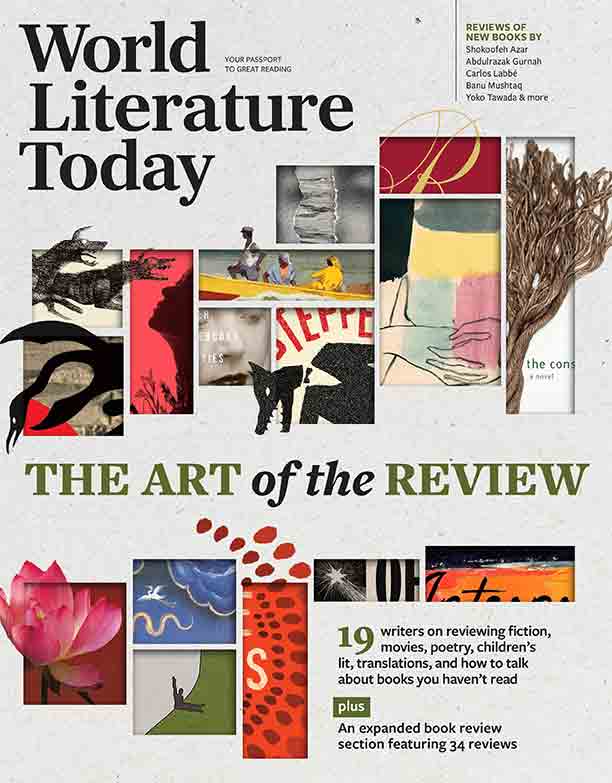The Gowkaran Tree in the Middle of Our Kitchen by Shokoofeh Azar
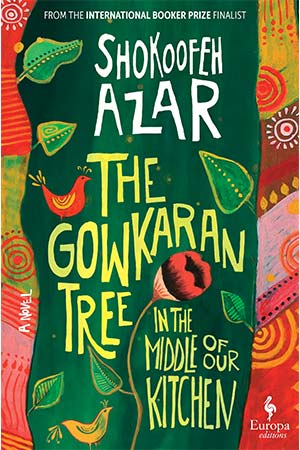
New York. Europa Editions, 2025. 528 pages.
All stories begin in ambiguity. This simple declaration is central to the beginning of The Gowkaran Tree in the Middle of Our Kitchen, Shokoofeh Azar’s masterful follow-up to The Enlightenment of the Greengage Tree (WLT, Spring 2020, 96). Of course, we can also say that all lives begin in ambiguity, and all paths and fate are decided by the choices we make and the ones we find ourselves within circumstantially. Central to this extraordinary novel is the relationship between humans and storytelling. Set against the backdrop of the Iranian Revolution in 1979, which witnessed the fall of the Pahlavi dynasty and the establishment of the Islamic Republic of Iran under the supreme leadership of Khomeini, The Gowkaran Tree follows the lives of twelve children over a fifty-year span. The lives of these twelve are intertwined but also separate and simultaneously apart from and a part of the social and political culture of mid- to late twentieth-century Iran.
The early episodes of the novel establish the importance of story and storytelling in the lives of humans. “Perhaps it would be correct if I thought everything started with the tree; when the tree appeared, twelve of us emerged from the forest and the palace, and then the temple was discovered, and Leyla disappeared and the revolution happened and the war came and Mahrab was lost.” The novel invokes this fairy-tale-like atmosphere, but not all fairy tales are magically happy. Some, as the Brothers Grimm have shown us, depict a darker side of humanity. This darker side is precisely what the Gowkaran Tree depicts, but without violating the rules of enchantment so key to fairy tales. And yet, enlaced within this fairy tale is a darker reality of revolution and what comes from the Iranian “chain murders.”
The Gowkaran Tree is a demanding novel and demands the full attention of its readers. The zigzagging of its characters, its storyline, and its episodic moments threaten to always lead the reader astray, and yet with some discipline, a reader who pays attention will be rewarded with an epic tale of a family and its individual personalities, along with the story of a nation undergoing profound change. That change, in a way, is also reflected in the telling of the tale itself. This is not a Western tale but a tale that does encapsulate the entire history of literature on a global scale. I’ve written this review using very broad strokes because it’s a novel that demands to be read, thought about, discussed, and thought about some more.
A final note: the name of the translator is anonymous “for security reasons.” The translation from the Farsi is, as far as I can tell, wonderful and imaginative. We would do well to champion translators who do find themselves in situations where their lives are at risk for bringing a foreign world into our own. The lessons we could learn may help us to combat a world increasingly hostile toward translation, and there is nothing ambiguous about that.
Andrew Martino
Salisbury University
